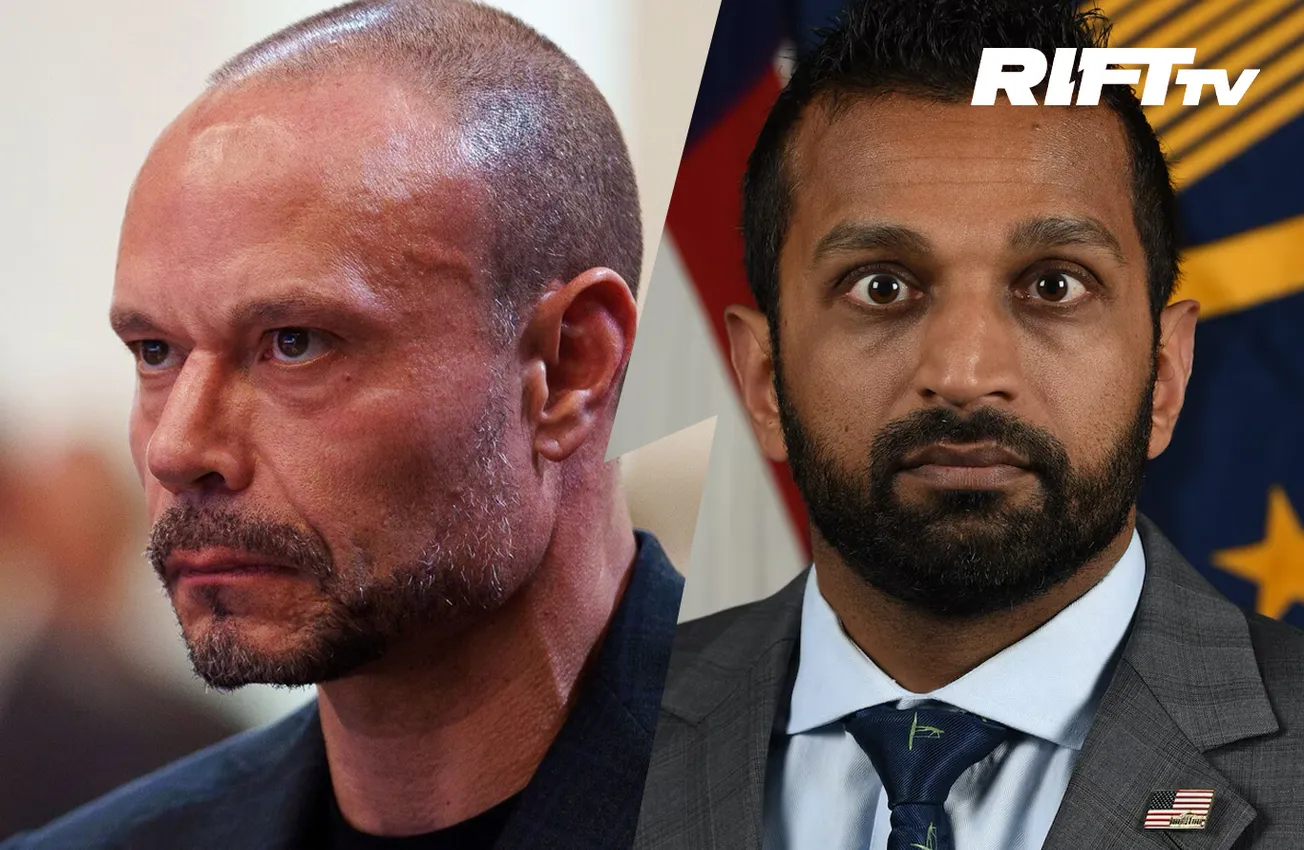NUUK, Greenland — Second Lady Usha Vance is visiting Greenland this week alongside National Security Adviser Mike Waltz and Energy Secretary Chris Wright, a trip intended to spotlight U.S. cultural engagement and strategic interests in the Arctic.
But the visit has ignited political backlash from Danish and Greenlandic leaders, many of whom view the high-level American delegation as an aggressive overture at a time of mounting global competition over Arctic resources and influence.
Vance, the wife of Vice President JD Vance, plans to attend the Avannaata Qimussersu — Greenland’s famed national dogsled race — and tour key heritage sites across the island. The itinerary, publicly framed as a “cultural diplomacy mission,” includes meetings with local officials, economic stakeholders, and representatives from indigenous communities.
Greenland’s Prime Minister Mute B. Egede denounced the visit’s timing and makeup, calling it “very aggressive” and warning that Washington’s actions are beginning to resemble “coercive diplomacy.”
Usha Vance is headed to Greenland Thursday…
— Tim Young (@TimRunsHisMouth) March 23, 2025
Waiting for leftist heads to explode and declare her visit a US invasion. pic.twitter.com/z3S1RUpMq9
“This cannot be framed as a private cultural visit,” Egede told reporters. “When you bring the National Security Adviser and the Energy Secretary to an island of geopolitical interest, that signals something very different.”
The trip takes place amid increased interest from the United States in Greenland’s strategic location — and its undeveloped mineral resources. President Donald Trump captured headlines in 2019 when he mused about buying Greenland, an idea that the legacy press initially treated as a punch line only to be quietly echoed in the years that followed by members of the national security community.
Now, with the Trump back in the Oval Office, and the Arctic developing into a source of global posturing among the United States, China and Russia, that once-ridiculed notion is suddenly getting real geopolitical play.
The Danish government, which still formally rules the island despite its semi-autonomy, has also responded to the flurry of attention. Prime Minister Mette Frederiksen said that U.S. engagement must “honor Danish sovereignty and Greenlandic self-determination.”
The rhetoric is noble, but the response betrays something of a nervousness — not about American interest, but about the potential for Greenland to drift further away from Danish control and toward closer economic ties with the United States.
Greenland’s political landscape has changed in recent months. In the island’s most recent elections, the pro-business Demokraatit party has made inroads as it pushes for a slow but steady course toward full independence. That position would contradict the preferred status quo in Copenhagen, which is still dependent on Greenland’s status as a Danish territory for its own geopolitical status.
🇺🇸🇬🇱 USHA VANCE HEADS TO GREENLAND AS TRUMP ADMIN PUSHES TERRITORIAL INTEREST
— Mario Nawfal (@MarioNawfal) March 24, 2025
Second lady Usha Vance will visit Greenland this week, marking the highest-level US visit yet as Trump’s push to acquire the Arctic territory gains momentum.
She’ll tour historic sites and attend… https://t.co/dnKzJxYhGb pic.twitter.com/KuwM1ZHYWl
“The Danes are nervous, the Americans are assertive and the Greenlanders are doing the math on their own leverage,” said a senior U.S. defense official who spoke on condition of anonymity. “That’s a recipe for a volatile mix.”
Although Usha Vance’s role as a public face of the trip has been played down in Washington press briefings, her presence — along with that of high-level administration officials participating in the trip — reflects the Trump administration’s continued interest in strengthening Arctic footholds and countering Chinese and Russian influence in the region.
Security has been dramatically increased in advance of the visit. Danish national police, with U.S. personnel, also moved extra forces and bomb-sniffing dogs into place at major venues in Nuuk and along the delegation’s travel route. C-130 cargo planes from the U.S. military were seen unloading gear near Kangerlussuaq Airport on Sunday, giving rise to further speculation that the mission is more strategic than ceremonial.
Greenlandic civil society groups, some of them aligned with anti-American activists and environmental N.G.Os., held small demonstrations over the weekend accusing the Vance-Waltz-Wright delegation of “imperial posturing.” But not everyone resented the attention.
“We’re sick and tired of being overlooked,” said Tanja Heilmann, a local entrepreneur from Ilulissat. “If Americans want to be investing here, if Americans want to be helping us modernize infrastructure, bring it on. Denmark, all they’ve done, its barely more than telling us what not to do.”
For the Trump administration, the Greenland stop is more than a symbolic touch and go. It’s part of a broader recalibration of U.S. foreign policy — away from passivity and toward a muscular-reciprocity doctrine, particularly in regions where America’s absence has left vacuums now filled by adversaries.
“The Arctic isn’t just a frozen wasteland,” Waltz said earlier this month. “It’s a strategic chessboard. And America can’t afford to be asleep at the board.”
It remains to be seen whether Greenland wants to be a player in that game. But Usha Vance and her team’s visit has made one thing clear: The United States is no longer content with watching from the sidelines under President Trump. We have entered a new era in which everyone knows politeness is irrelevant. In its stead stands a self-assured, unabashed declaration of American interests — the sort of thing that shakes the global order and reminds everyone who still holds the big stick.




![TRANS TERROR PLOT: Undercover Sting Exposes Secret Network Hides Kids for Trans Treatments, Strips 'Transphobic' Parents Of Custody [WATCH]](/content/images/size/w1304/format/webp/2025/04/trans-rights.jpg)



